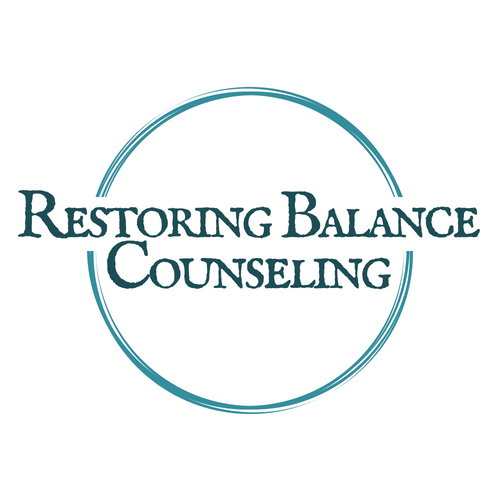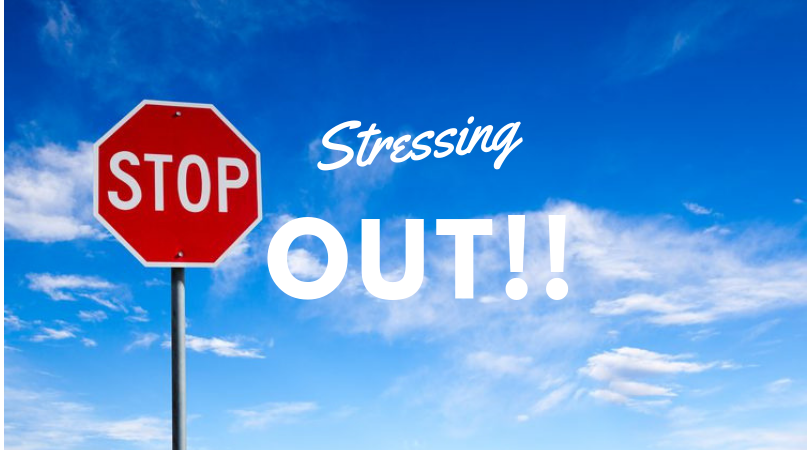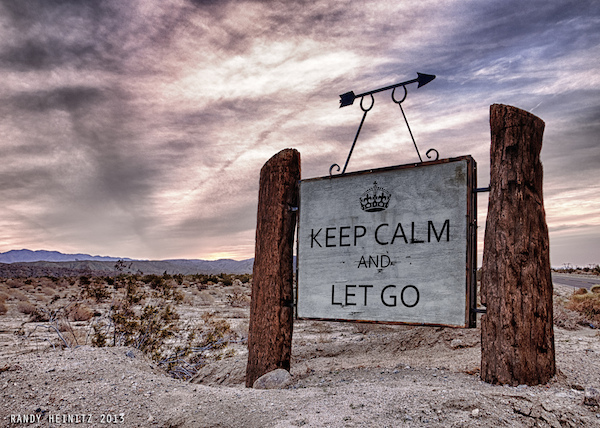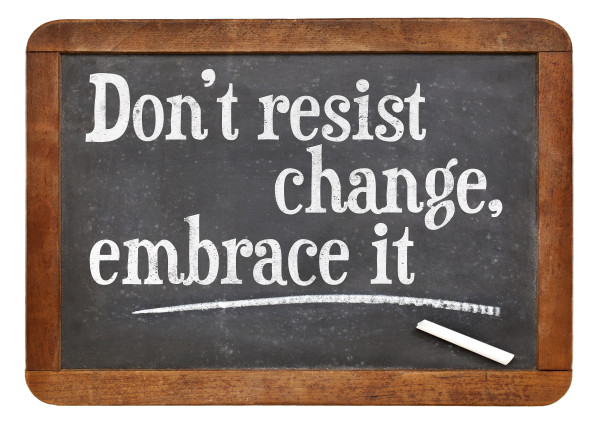When we struggle with depression, we often find ourselves withdrawing from our loved ones and sometimes pushing people away. We don’t always know why, and it’s not always a conscious thing either. But it can be confusing, painful and unsettling to us. It can be confusing for those around us, too, because if we don’t know why we’re pushing them away, they won’t know why either. The following are some potential reasons that those that have depression try to isolate and push others away:
1. We Don’t Think People Want Us Around
Depression leaves us feeling worthless and useless. People will tell us that they want to be around us repeatedly, but we won’t necessarily believe it because it doesn’t match the story in our head that we tell ourselves. We can’t understand why anyone would want to spend time with us because we believe that we have nothing to offer or that we will bring them ‘down’. When people do invite us to things, we tell ourselves that they are ‘just being nice’, asking us out of a sense of obligation or charity. And we definitely don’t feel worthy of their time.
2. We Struggle With Concentration
It takes a lot of concentration to follow conversations. Anxiety can increase quickly when we worry about looking silly or rude, or losing track of what’s going on. The fear that we won’t be able to keep up can make us freeze or shut down. Faced with that fear, it’s easier to push people away than worry about having to do things that we don’t feel able to do. We don’t want to be anyone’s disappointment.
3. We Have No Energy
Lacking in energy is a major byproduct of depression and it can be tough when we’re alone, let alone when we are around others. We’re expected to talk. We’re expected to smile. We’re expected to join in and participate. We push people away because we don’t have the energy to be around them. Life can seem as if it is a never ending effort to determine what is worth spending energy on, and being around people can be unpredictable and causes us to retreat to safety.
4. We Get Easily Irritated
Depression can lead to a low tolerance level for things (the illness alone is overwhelming), and we might get easily irritated and annoyed. We might lash out at those around us, especially if they do unexpected things, or change things without warning. Sometimes the fact that we get irritated and lash out, can feel as though we’re pushing people away which feeds into the guilt we already tend to carry.
5. We Feel Like a Burden
Depression can fool us into feeling like we are a burden to those around us. Having no energy, struggling for motivation, and having low self-confidence can lead us to feel as if others take on a lot when they are in relationships with us. We don’t see ourselves as bringing any value to our relationship(feelings of worthlessness). We don’t want to share our misery with them for fear that it will worsen their mood. We see ourselves as a drain on those around us and we push people away because we don’t want to burden them.
6. We Don’t Want To Upset or Hurt Others
Sometimes, when our loved ones hear how awful we’re feeling, it can upset them, because they care about us. It can be hard for them to see us hurting or in pain. If we begin to feel suicidal, and share that with a loved one, we see the pain and worry in their eyes. We see them wondering what they’re not doing enough of to help. Our loved ones might struggle to understand why we feel the way we do. It might hurt them, and we don’t want that, because we love them. So we push them away. What they don’t see can’t impact them.
7. We’re Fearful of Getting Hurt
We’re scared that people will get sick of us and leave. If we push people away, they can’t leave us, because we’ve already left them. It’s within our control. Sometimes we’d rather be isolated than constantly worrying about when people will get fed up with us and leave.
8. Sometimes, It’s Just Easier
Sometimes we push people away because it’s easier than having to pretend we’re okay. It’s easier than having to confront how far we’ve fallen from the person we once were (shame). When we’re by ourselves, we can often fool ourselves that we’re ‘okay,’ but being around others can be an abrupt reminder of the fact that we’re far from it.
If you’re struggling with depression (or you know someone you love that is) and this list resonates with you and your internal struggle, feel free to contact me at (717) 288-5064 / gregghammond@restoringbalancelancaster.com and schedule an appointment today.























